
In the high-stakes world of construction, where time is money and safety is paramount, lifting heavy materials efficiently and reliably isn't just a convenience – it's a necessity. Enter the electric chain hoist: a workhorse tool often overlooked but absolutely critical for countless lifting tasks on the modern construction site. Forget brute strength; this piece of equipment delivers precision power where you need it most.
Онлайн чатны чат1. Raw Power & Нягт нямбай: Manual lifting has severe limitations in weight capacity and control. Electric chain hoists effortlessly handle loads from a few hundred pounds to several tons (5 tons and 10 tons are common construction workhorses), moving them vertically with incredible smoothness and accuracy. This precision is vital for positioning structural steel, суурө машин, MEP components, or prefabricated modules exactly where they belong.
2. Unmatched Efficiency & Productivity: Time is a critical resource on any project. Цанисны dramatically speed up lifting operations compared to manual methods or even more complex crane setups for smaller tasks. A single operator can safely lift significant loads quickly, freeing up skilled labor for other essential tasks and keeping the project schedule on track.
3. Сайжруулсан аюулгүй байдал: Construction sites are inherently hazardous. Electric chain hoists significantly reduce the risk of:
4. Байдал & Adaptability: These hoists are incredibly flexible:
5. Бат бөх чанар & Нарслаг: Built with hardened load chains and robust motors designed for frequent use, quality electric chain hoists are engineered to withstand the rigors of construction site life – dust, vibration, and demanding duty cycles.

1. Бат бөх барилгын: Look for solid housings, hardened steel chains, and high-quality gears.
2. Essential Safety Systems: Non-negotiable features include fail-safe mechanical load brakes, Хэт их ачаалал хамгаалах, Хязгаарлалтын унтраалга (upper and lower), and thermal motor protection.
3. Duty Cycle Rating (Жишээ нь e., CMAA Class D or E): This indicates how frequently and intensively the hoist can operate. Construction sites typically require Class D (Moderate Service) or Class E (Heavy Service) hoists.
4. Weather Resistance (IP үнэлгээ): For outdoor or partially exposed sites, an IP54 rating (protection against dust and water spray) or higher is crucial.
5. Voltage Compatibility: Ensure the hoist matches the site’s readily available power supply (Жишээ нь e., 115Т, 230Т, 460V 3-phase).
6. Удирдлагын систем: Pendant controls are standard. Consider features like variable speed for delicate positioning and emergency stop buttons.
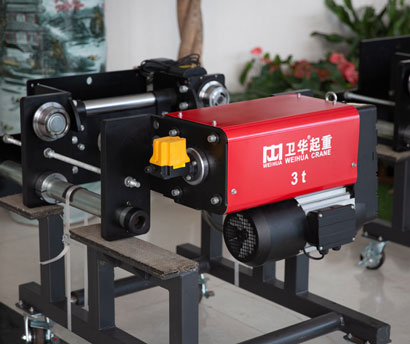
Structural Steel Erection: Lifting beams, columns, trusses, and decking into place.
Mechanical, Electrical & Plumbing (MEP): Installing heavy HVAC units, дүн нийтлэгчид, transformers, large ductwork sections, and pipe spools.
Precast Concrete: Positioning walls, хавх байна, Цацрагууд, and other precast elements.
Machinery & Equipment Installation: Moving pumps, compressors, дүн нийтлэгчид, and other site equipment.
Material Handling: Lifting bundles of rebar, bags of concrete mix (within capacity), formwork panels, and other bulky supplies to upper floors or work areas.
Facade Installation: Handling heavy cladding panels or curtain wall sections.
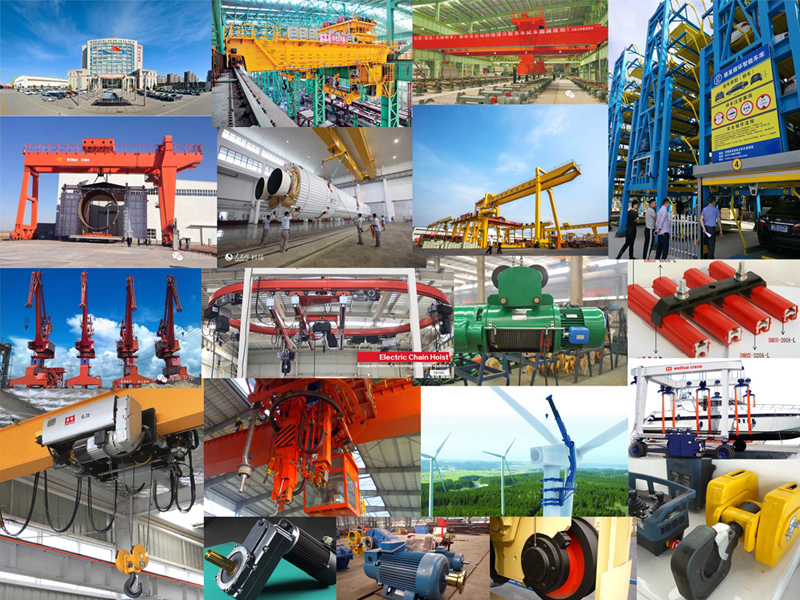
1. Maximum Capacity: Determine the heaviest load you need to lift. Always add a safety margin – never exceed the rated capacity!
2. Өргах ах: Measure the distance from the hook’s lowest point to its highest required position. Specify chain length accordingly.
3. Цөсний нөөц: Verify available voltage and phase on-site.
4. Үйлгийн цир тогтоох: Match the hoist’s class (D or E typically) to your expected usage intensity.
5. Environment: Will it be used indoors, outdoors, exposed to dust/moisture? Select the appropriate IP rating.
6. Оруулга: Decide on trolley type (manual push, geared, or motorized) or fixed mounting.
7. Controls: Consider pendant length, variable speed needs, ба Алсын удирдлагатай цахилгаан өргөгч options if required.
8. Brand Reputation & Дэмжлэг: Choose reputable manufacturers known for durability and readily available parts/service. Гэрчилгээний (like ASME B30.16) are essential.
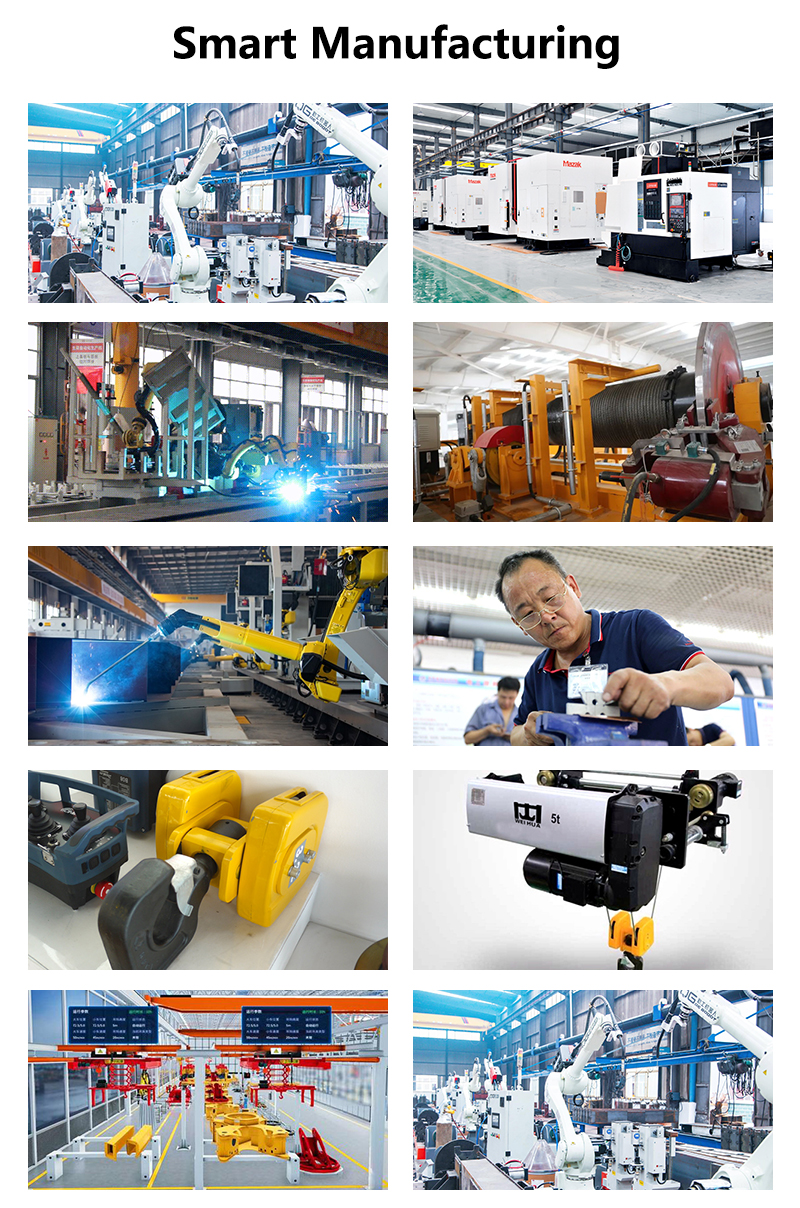
Even the best hoist is only as safe as the operator and the procedures:
1. Rigorous Inspection: Perform pre-shift checks and regular documented inspections per manufacturer and OSHA/ASME standards. Look for chain wear, damaged hooks, loose fasteners, and proper function of safety devices.
2. Operator Training: Only trained and authorized personnel should operate hoists. Training must cover controls, safe rigging practices, load dynamics, and emergency procedures.
3. Proper Rigging: Use correctly rated and inspected slings, буух, and hardware. Ensure the load is balanced and secured.
4. Avoid Overloading: This is the cardinal sin. Use load cells if weight is uncertain.
5. Stay Clear: Never stand under a suspended load. Establish and enforce clear lift zones.
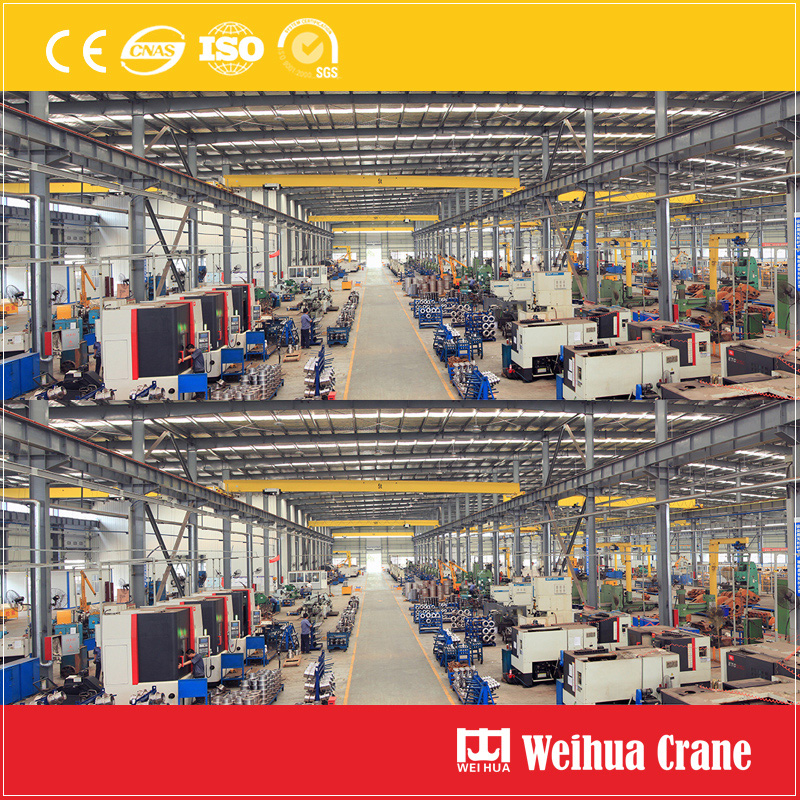
The electric chain hoist is far more than just a simple lifting device; it’s a fundamental productivity multiplier and a critical safety asset on any construction site. By delivering reliable, powerful, and controlled vertical lifting, it tackles essential tasks efficiently, protects workers, and helps keep projects moving forward safely and on schedule. Investing in the right hoist for your specific needs, coupled with rigorous safety practices, pays dividends in performance and peace of mind throughout the life of your project. Don’t lift your site’s potential manually – harness the power of the electric chain hoist.
Бид таны санал хүсэлтийг үнэлдэг! Бид өөрийн үйлчилгээгээ тохируулж өгөх боломжтой тул доорх маягтыг бөглөнө үү.
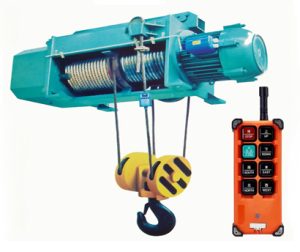
Барилгын WEIHUA цахилгаан HOST-ийн гол шинж чанарууд 1. Өргөх чадвар өндөр & Ve ......
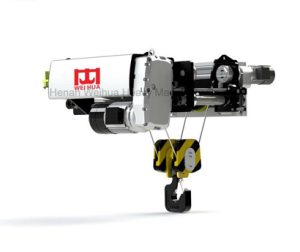
A small electric hoist is a versatile and powerful tool designed to lift, lower, and mov……
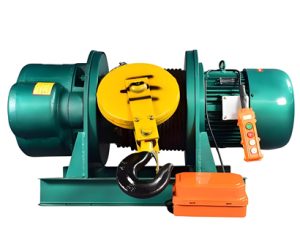
Metallurgy түлхүүрийн онцлог шинж чанарыг ашиглах 1. Өндөр температурын эсэргүүцэл:Тоноглогдсон wit ......
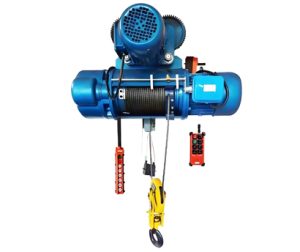
Жижиг цахилгаан хамгаалагчийн үндсэн бүтээгдэхүүн, 1/2 Тон цахилгаан гинжин сүлжээний туулай нь тохиромжтой fo ......
